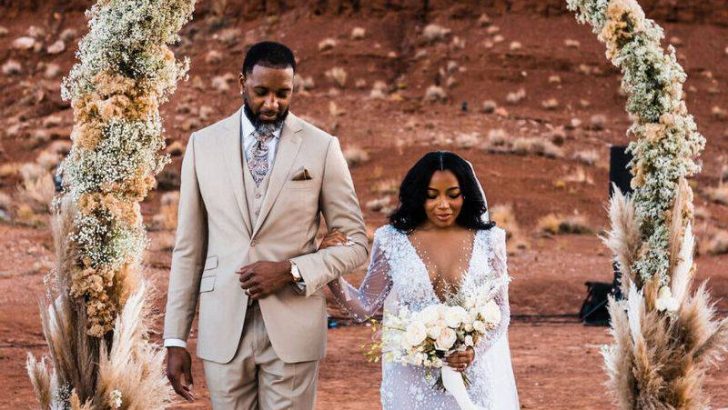Wedding traditions have evolved over centuries, with some historical customs seeming downright bizarre by today’s standards. This list explores eleven unusual wedding practices from different cultures and times that might leave modern guests astounded.
1. Jumping Over Brooms
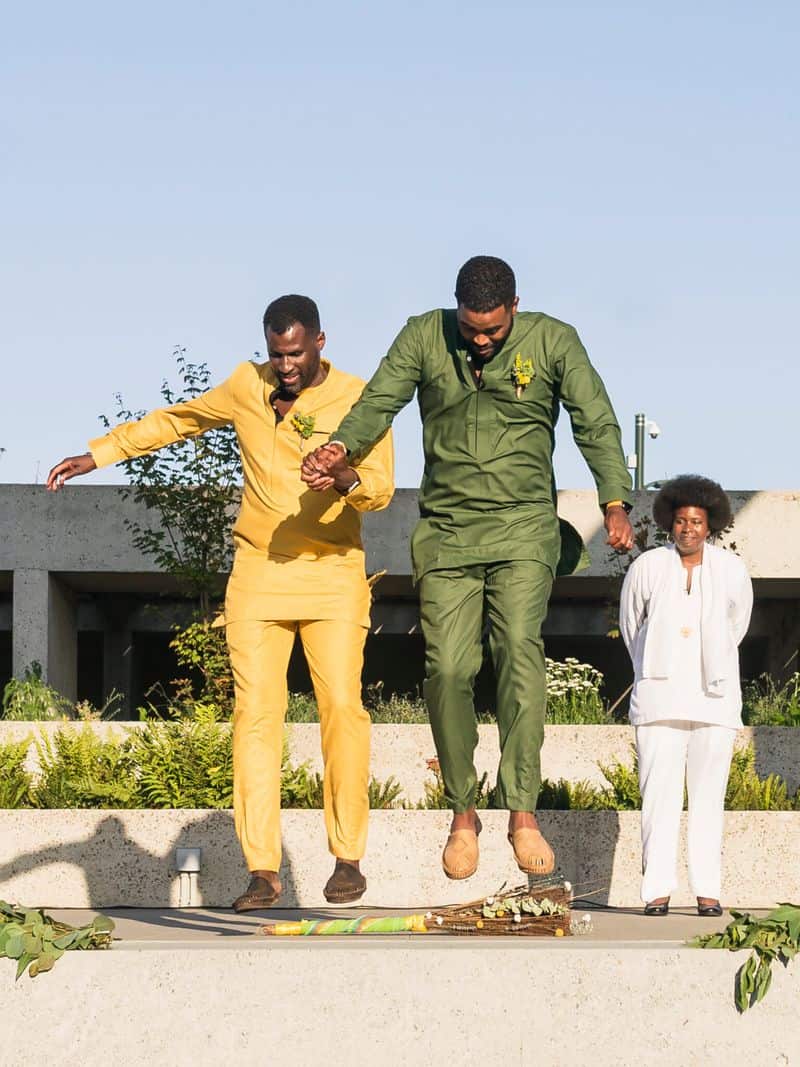
Jumping over a broomstick was once a symbolic act during weddings, representing the sweeping away of old lives into a new union. Today, it might surprise guests due to its seemingly informal nature.
Historically significant in some European cultures, this ritual was a practical choice for those who lacked the means for traditional ceremonies.
The act, though not legally binding, was recognized socially and emotionally within communities. Such customs often served to reinforce bonds, making them memorable despite their simplicity. Interestingly, some couples today choose to revive this tradition to honor their heritage.
2. Stealing the Bride
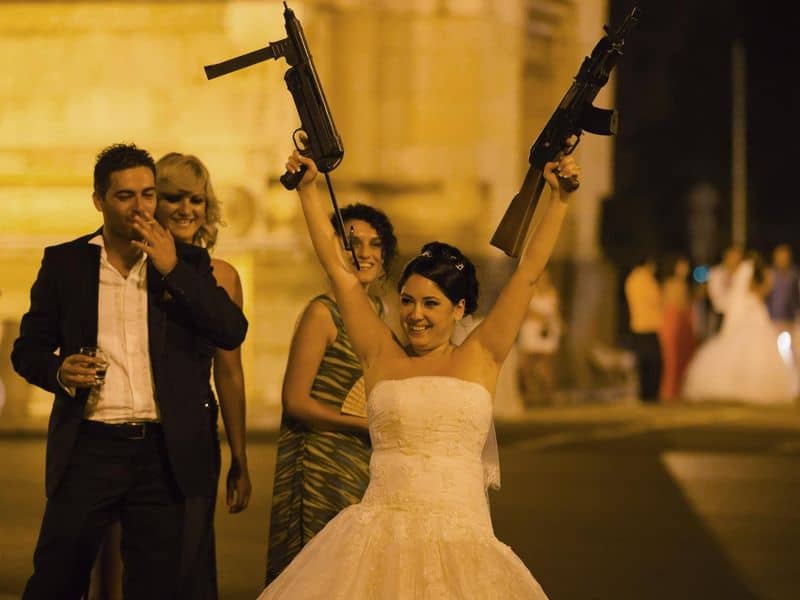
In medieval times, ‘bride-stealing’ was a playful yet significant part of wedding celebrations. The groom or his friends would pretend to steal the bride, emphasizing her transformation from singlehood to marriage.
This custom highlighted the groom’s determination and strength, though today it would be seen as inappropriate.
This tradition was often accompanied by laughter and revelry, making it a memorable part of the wedding festivities. Fortunately, modern weddings have dropped this practice, focusing instead on mutual consent and partnership, which aligns better with contemporary values of equality.
3. Shooting the Bride with Arrows
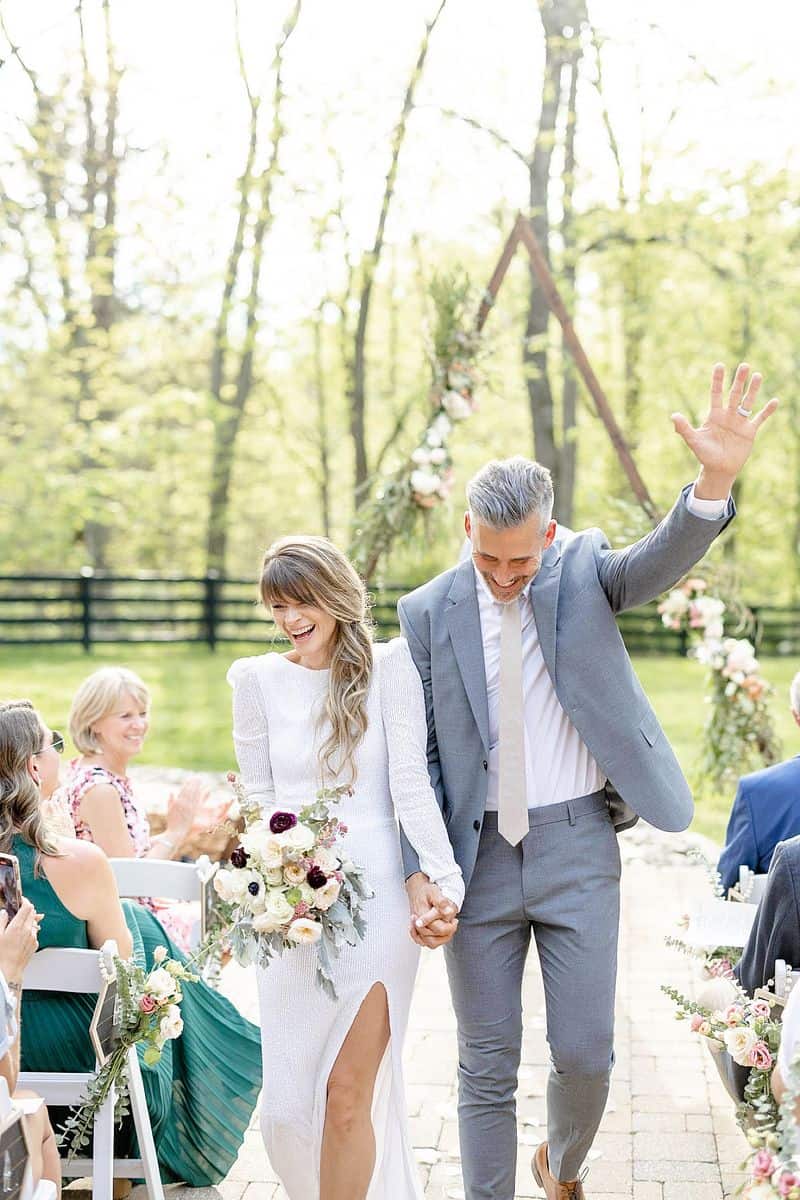
In ancient China, grooms would shoot arrows at their brides, thankfully without arrowheads, to symbolize love and ward off evil. This might shock today’s guests, who value safety and peace at such events.
Afterward, the groom would break the arrows, demonstrating that no harm shall come to his beloved.
This tradition underscored protection and devotion, albeit in a way that might be misinterpreted now. While the symbolism was significant, today’s romantic gestures have evolved to be more peaceful and harmonious, reflecting changes in societal norms about marriage and partnerships.
4. Wedding Night Jousts
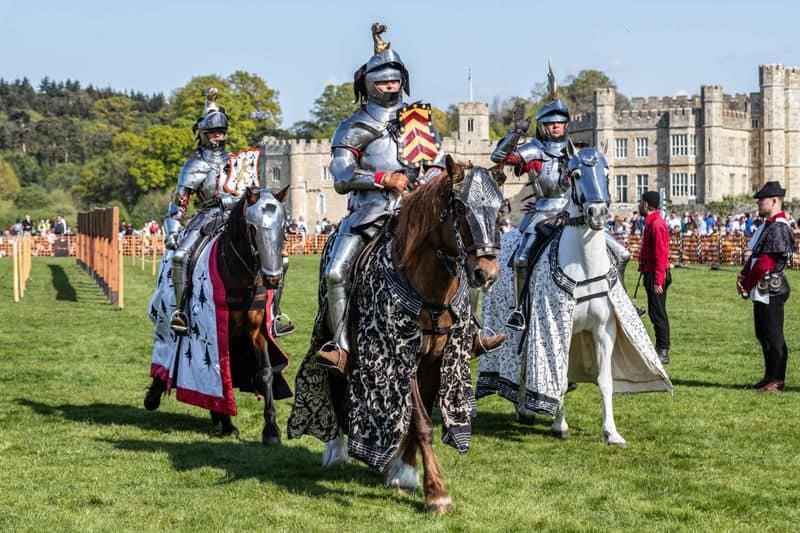
Medieval European weddings sometimes featured jousting as part of the wedding night celebrations. Knights would demonstrate their valor and skill, entertaining guests in a grand spectacle.
These jousts symbolized the protector role of the groom, ensuring the bride’s safety and honor.
Today, such displays might seem excessive and dangerous, as modern weddings prioritize safety and mutual celebration. The symbolic acts of bravery have since transformed into verbal expressions of love and commitment, resonating more with contemporary audiences who prefer heartfelt to physical displays.
5. Ringing Wedding Bells for Hours
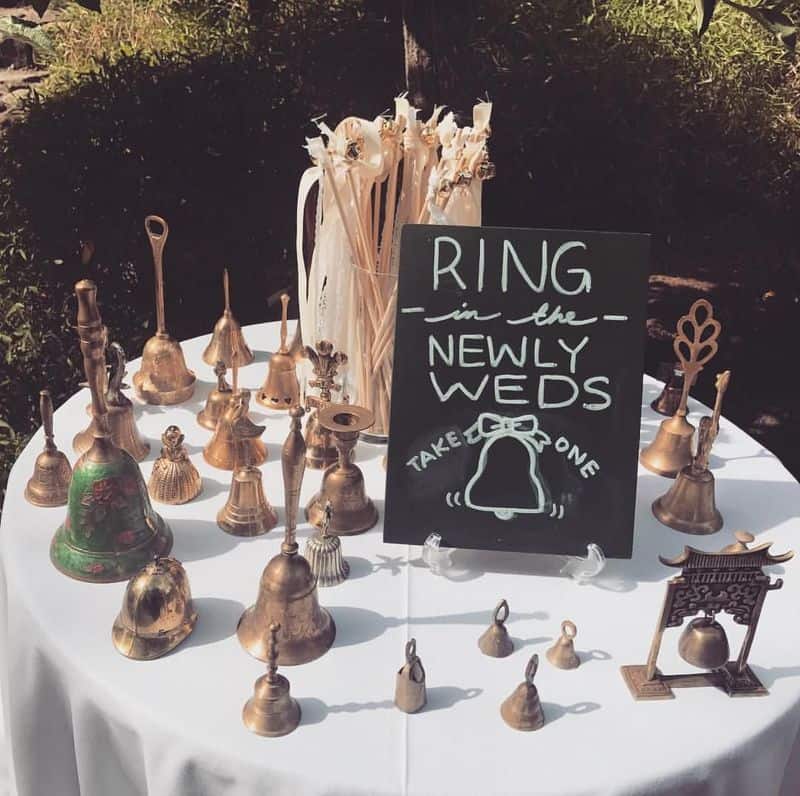
In the 1800s, it was customary for church bells to ring for hours during weddings, signifying joy and warding off evil spirits. This tradition might seem excessive today, where shorter celebrations are favored.
The community would join in, contributing to the festive spirit. The prolonged ringing symbolized a loud public declaration of the couple’s union and happiness.
However, modern couples often opt for quieter, more intimate ceremonies, finding other ways to celebrate without disturbing the peace. This shift reflects a broader trend towards personalization and meaningful expressions over grand, noisy gestures.
6. Wedding Shoeing Ritual
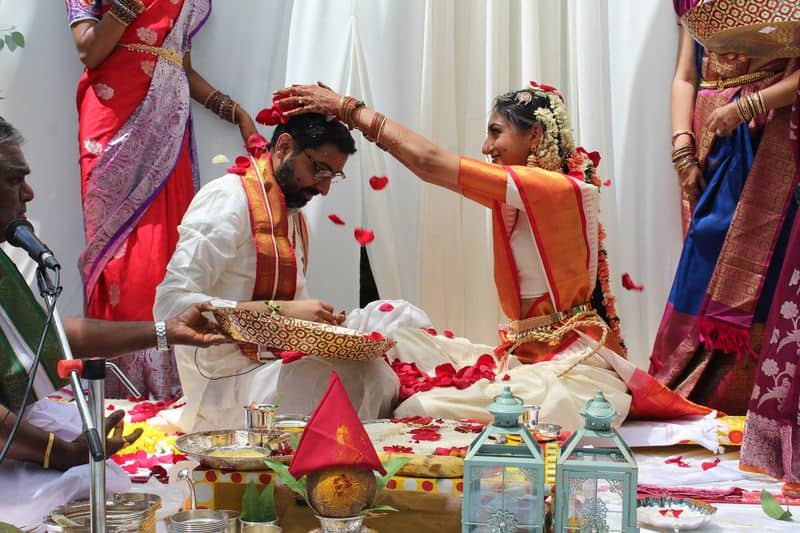
In 19th-century England, brides would carry horseshoes for luck, a practice that might puzzle today’s guests. The horseshoe was often decorated and held during the ceremony.
This tradition symbolized luck and protection, as horseshoes were considered powerful talismans.
Though charming, this practice faded as modern weddings adopted simpler customs. Today, brides often incorporate subtle nods to tradition through accessories or in their vows, blending the old with the new. The horseshoe tradition still survives in some rural areas, treasured for its quaint charm and historical significance.
7. Dancing with Swords
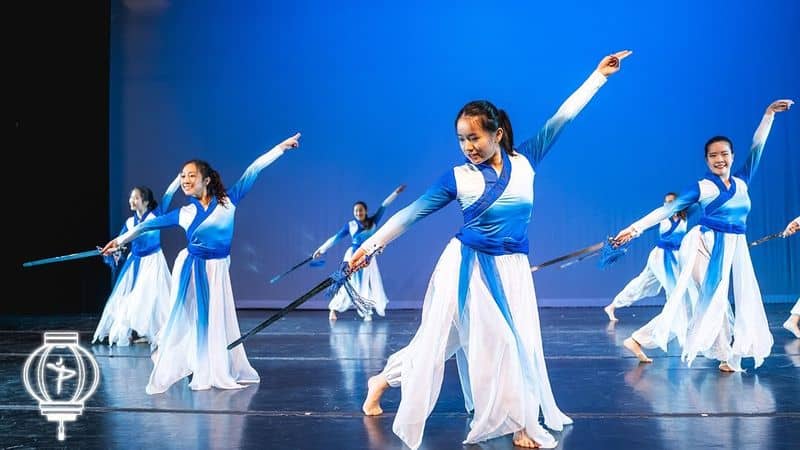
At traditional Middle Eastern weddings, sword dances were a mesmerizing spectacle. Men would skillfully dance with swords, showcasing their agility and strength, celebrating the union.
Such displays ensured lively entertainment, engaging all attendees. Sword dances symbolized protection and valor, resonating with cultural values.
Today, while some weddings still feature this tradition, others prefer modern music and dance. The shift reflects changing tastes and global influences, as couples seek to balance cultural heritage with contemporary flair, creating unique experiences for their guests while honoring traditions.
8. Bridal Party in Pajamas
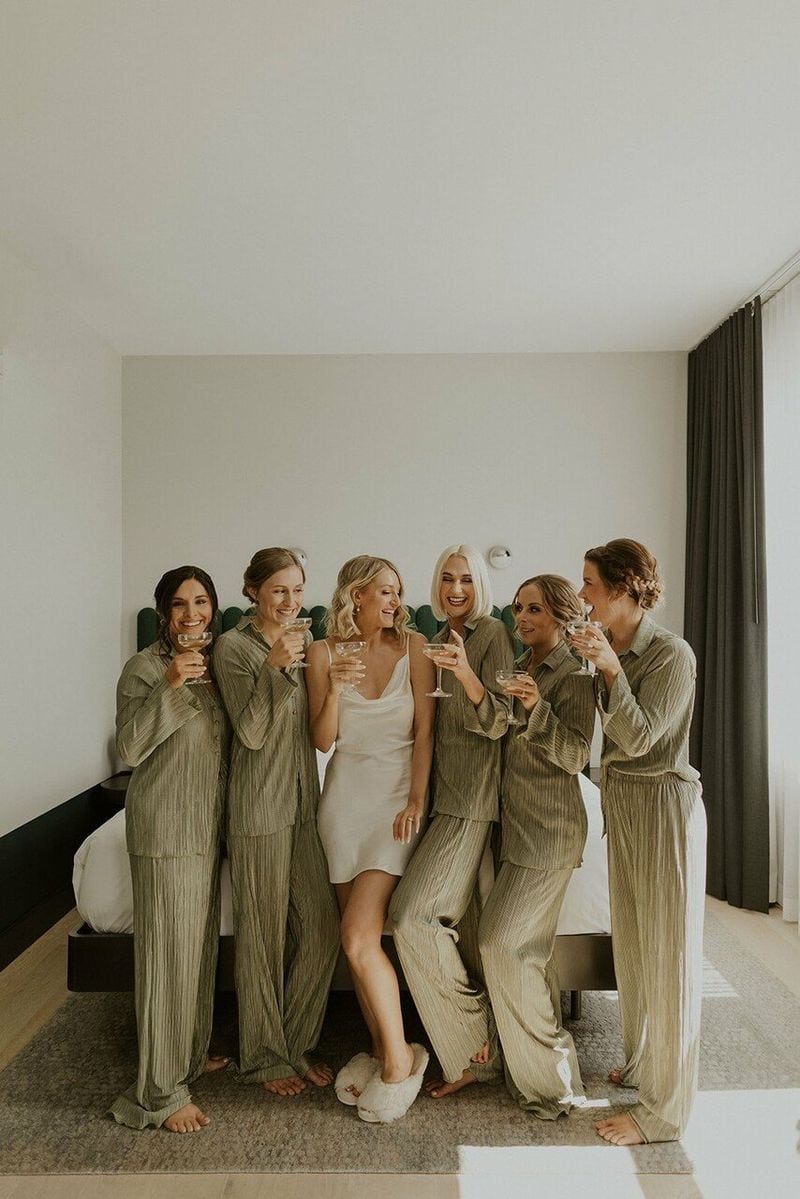
In the 1960s, some weddings saw bridesmaids donning pajamas instead of formal gowns, a quirky trend that prioritized comfort over tradition.
This choice allowed for a relaxed atmosphere, focusing on enjoyment rather than formality. The casual attire also emphasized the bond between the bride and her friends, eschewing convention.
Today, such an approach might be seen as informal, but it highlights changing attitudes towards wedding fashion. Modern weddings often blend traditional and contemporary styles, allowing couples to express individuality while creating memorable, relaxed celebrations for themselves and their guests.
9. Showering with Rice and Grain
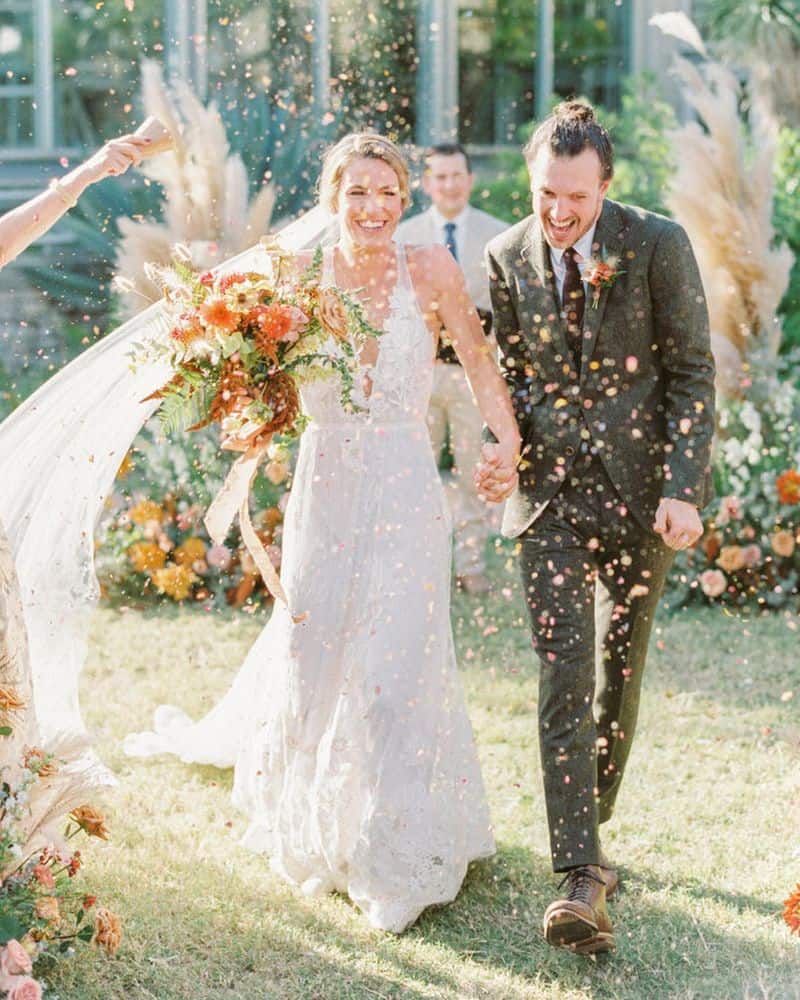
Showering the couple with rice or grain was a traditional symbol of prosperity and fertility in 19th-century European weddings. Guests would throw grains over the couple as they exited the ceremony.
This ritual aimed to bless the union with abundance and joy. Today, such practices might be replaced with confetti or bubbles, reflecting environmental awareness and less mess.
The underlying wish for prosperity remains, but the means of expressing it have evolved to suit contemporary tastes and sensibilities. Couples now seek symbolic gestures that align with both tradition and modern environmental considerations.
10. Covering Bride in Butter
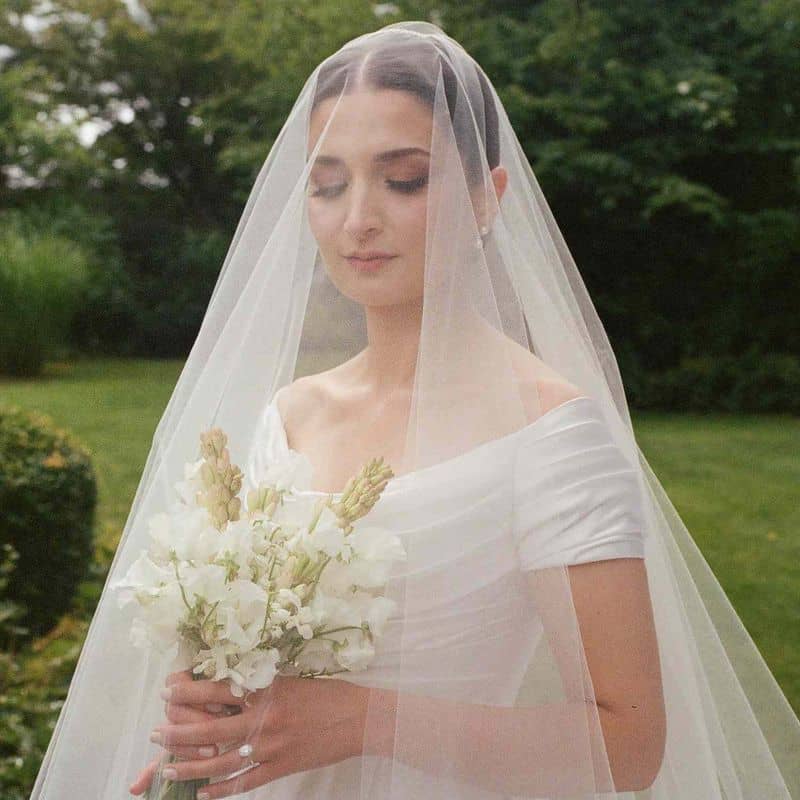
In ancient Scotland, covering the bride in butter was a pre-wedding ritual meant to bring good luck and ward off evil spirits. This might seem odd to today’s guests, who value cleanliness and simplicity.
The act symbolized abundance and protection, with butter considered a luxury.
Though messy, this tradition was a communal celebration, involving laughter and camaraderie. Modern weddings have largely abandoned such practices, opting for cleaner, more sophisticated rituals. However, the emphasis on community and joy remains, with couples finding new ways to incorporate these values into their special day.
11. Releasing Doves and Sparrows
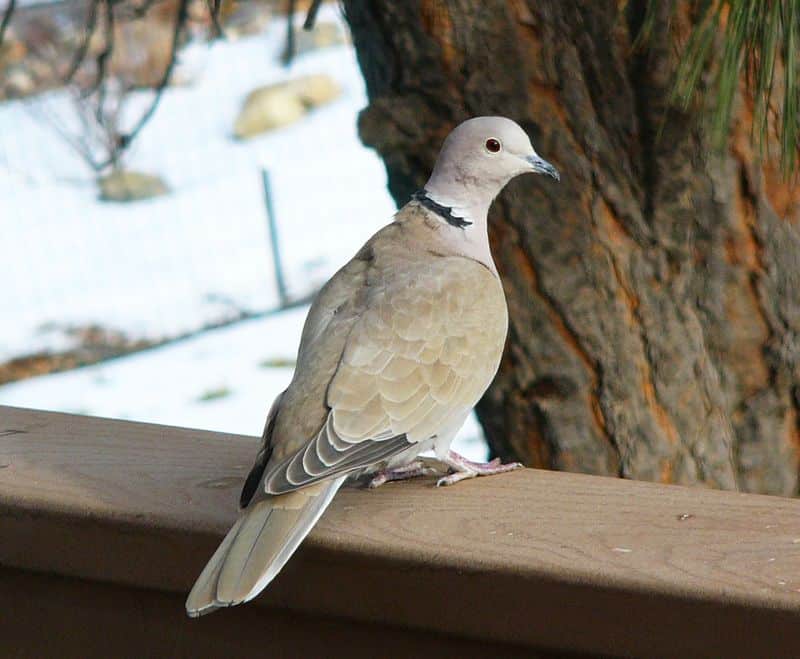
Releasing doves and sparrows was a charming practice in 1920s weddings, symbolizing peace and love. Couples would set birds free, their flight representing the start of a new life together.
This visual spectacle captivated guests, adding a magical touch to the ceremony. Though beautiful, modern concerns about animal welfare have seen this practice decline.
Today, couples may choose symbolic alternatives like lighting candles or planting trees, reflecting a broader awareness of environmental and ethical considerations. The desire to mark the new beginning remains, with gestures focused on sustainability and mindful celebration.

Well, hello there!
My name is Jennifer. Besides being an orthodontist, I am a mother to 3 playful boys. In this motherhood journey, I can say I will never know everything. That’s why I always strive to read a lot, and that’s why I started writing about all the smithereens I came across so that you can have everything in one place! Enjoy and stay positive; you’ve got this!

